An App To Help Students Practice Social Skills
The Say It Or Not app helps students 4+ to practice social skills, like what is ‘appropriate’ or not in certain social situations.
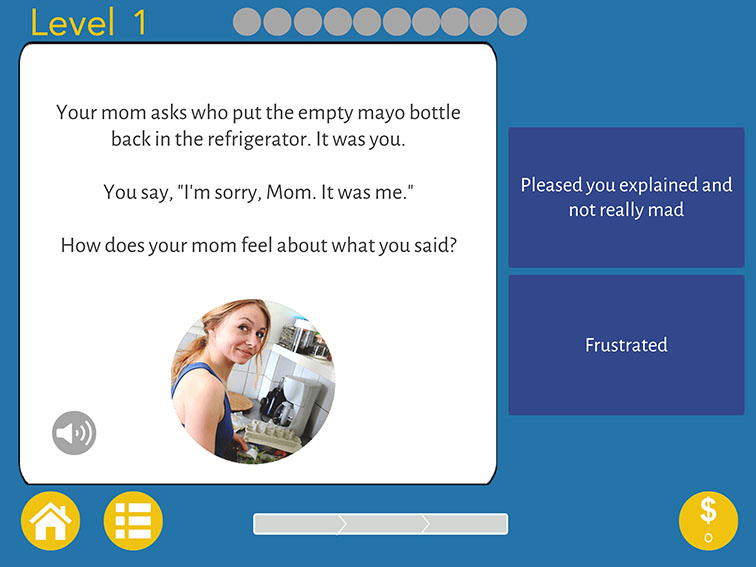
The Say It Or Not app helps students 4+ to practice social skills, like what is ‘appropriate’ or not in certain social situations.
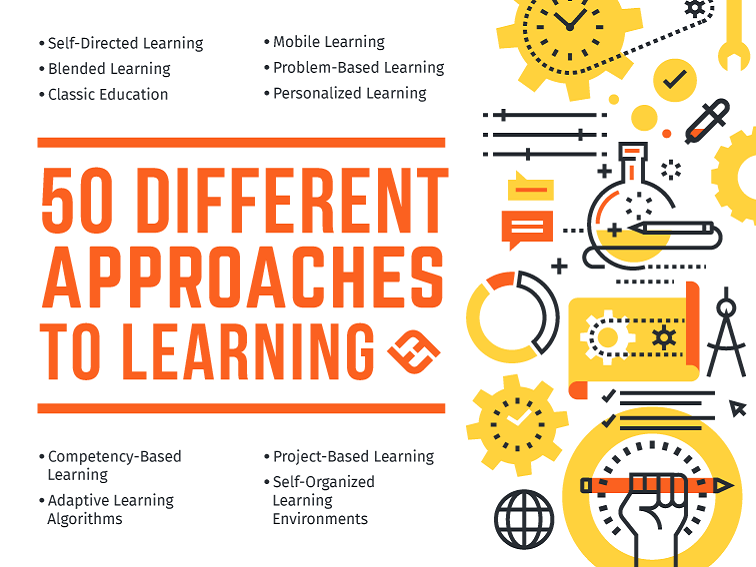
What if a class consisted of words that led to information that whirled into blended realms of creativity set up just for students, created by students?
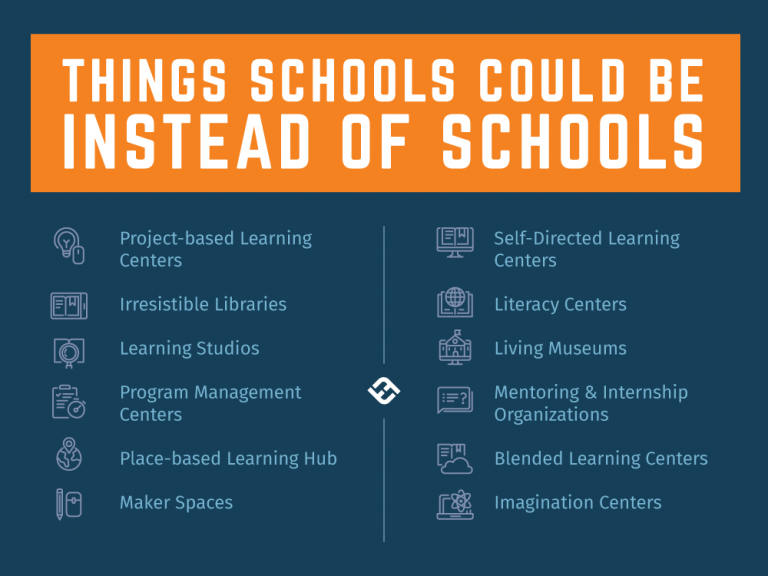
There’s no reason a ‘school’ can’t become a tech-infused place-based learning environment that focuses on literacy and civic participation.
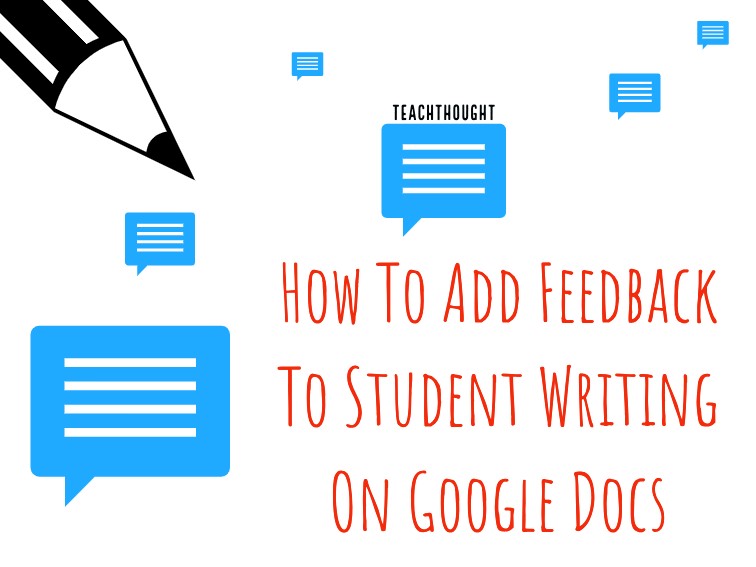
Being able to quickly provide learning feedback is one of the best part about well-designed technology tools, and Google Docs is no exception.
Here’s a topic that has gotten attention recently–attention I’m sure will die down and in a few weeks be an internet historical footnote.
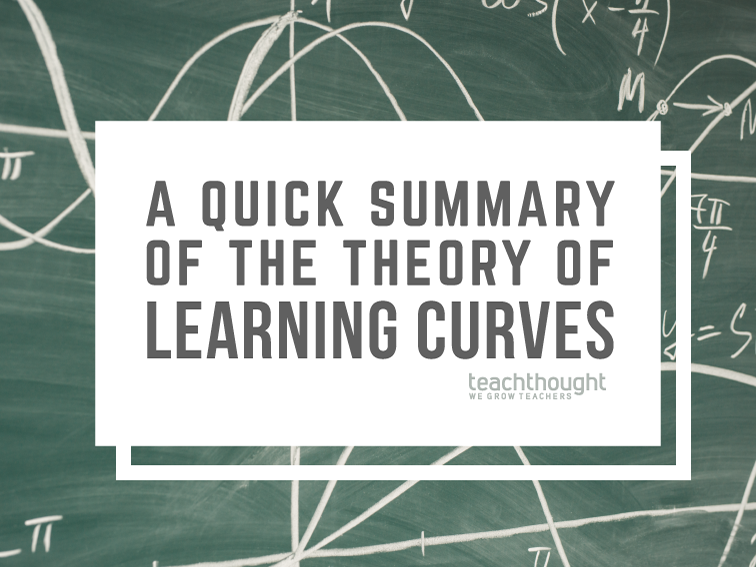
The frequency of repetition and rehearsal, if spaced at intervals, promotes better recall of memory than if presented in one long burst.
Over time, we’ve seen YouTube morph from a digital video library to a vending machine for ‘streamers’ saying/doing anything for subscribers.
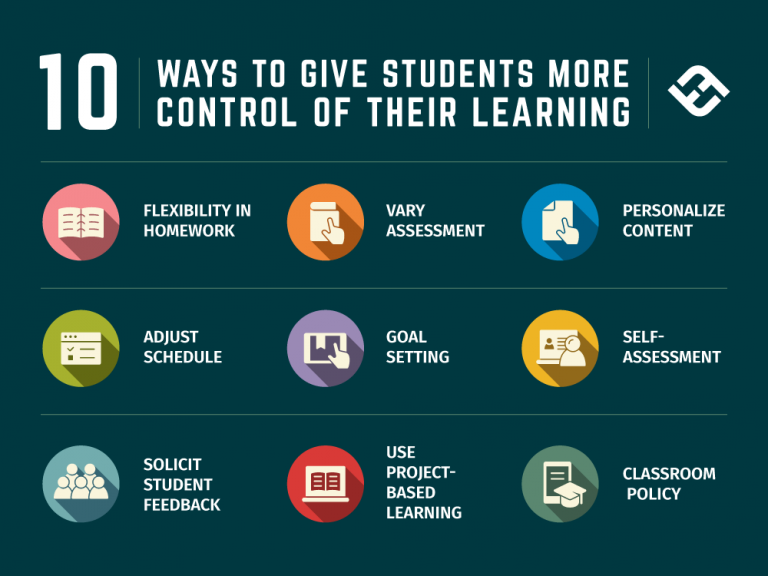
One way to give students more control of their education is to allow them to create their own schedule–and revise it as necessary.
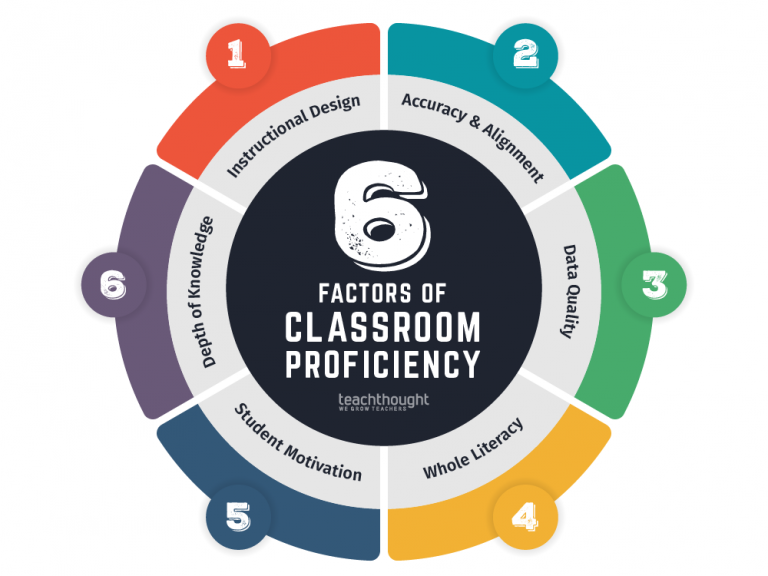
What are the primary factors of academic performance? While literacy skills and background knowledge matter, so does motivation.
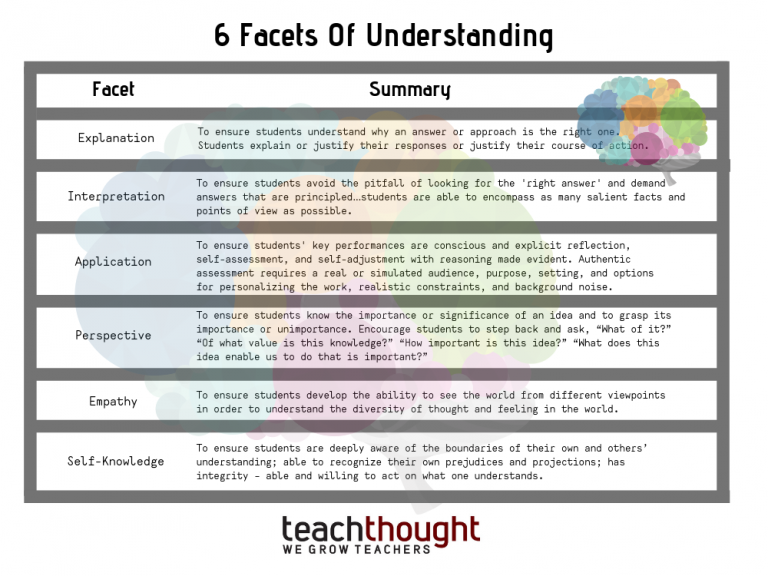
Backward design encourages you to plan for a destination not by anticipating but visualizing the end and planning backward from there.
Whether or not they’re accurate, how you’re perceived–and how your school, grade level, content area, and course are thought of–matters.

The usefulness of student data is generally proportional to the frequency with which it’s collected. Here are eight sources of formative assessment data.
End of content
End of content